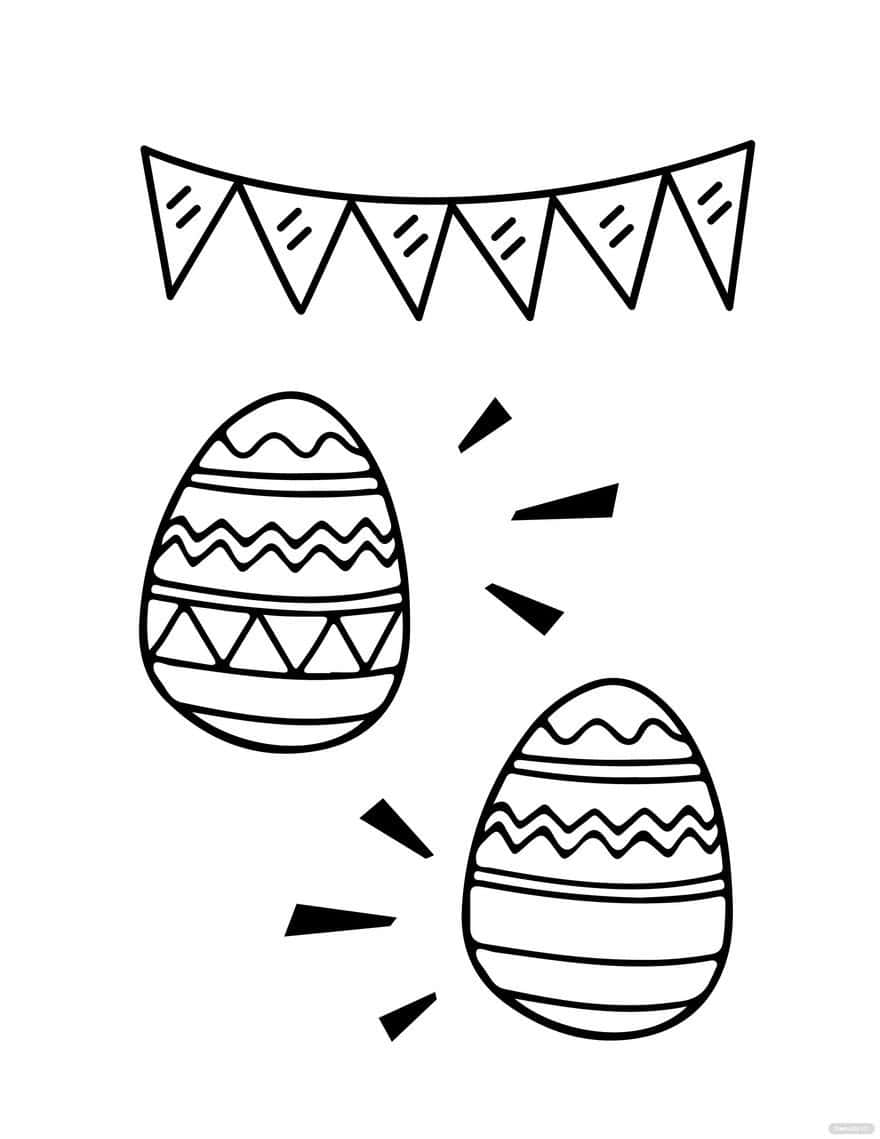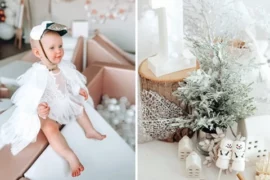Easy Easter Drawings for Kids: Fun and Creative Art Activities
?? Hello, Creative Families! ??????
Are you ready to add a splash of color and a dash of fun to your Easter celebrations? Look no further because we’ve put together an eggs-traordinary guide filled with easy Easter drawings that will help your little bunnies hop into the world of art! Whether you’re planning a quiet afternoon at home or looking for festive activities for an Easter party, we have delightful drawing ideas that are perfect for kids of all ages!
Why Drawing Is an Eggs-cellent Activity for Easter
Before we dive into the drawing tutorials, let’s chat a bit about why drawing is such a fantastic activity for Easter. First, it encourages creativity and self-expression, which is vital for your child’s development. Plus, it’s a great way for the whole family to bond and create lasting memories. And the best part? You don’t need any fancy supplies—just some paper, pencils, or crayons, and a willingness to have fun!
What You’ll Need to Get Started
To ensure that your drawing adventure is as smooth as a chocolate bunny, here’s a quick checklist of materials you’ll want to have on hand:
- Paper: Plain white paper, construction paper, or even colored paper if you’re feeling adventurous!
- Pencils: Good old HB pencils are perfect for sketching. Don’t forget an eraser for those little oopsies!
- Crayons, Markers, or Colored Pencils: The more colors, the better. Time to pull out all the shades of spring!
- Imagination: This is the most important ingredient. Encourage your child to get creative and personalize their drawings!
Let’s Start with the Basics: Simple Easter Shapes
First things first, let’s warm up our drawing muscles with a few simple Easter shapes that we’ll use in our more complex drawings later on. These fundamental shapes will help build your child’s confidence as they learn to draw:
- Easter Egg: Practice drawing ovals in various sizes. These will become the canvas for intricate designs and patterns.
- Bunny Head: A simple circle for the head and two long ovals for the ears are the foundations of a cute bunny face.
- Chick: A circle for the body and a smaller one for the head. Add a pair of tiny triangles for the beak, and voilà!
- Carrot: A triangular shape with a rounded bottom works great for the carrot, with a few squiggly lines on top for the greens.
Step-by-Step Guide to Drawing Easter Classics
Now that we’re comfortable with basic shapes, let’s hop into some easy Easter drawings that are sure to bring out the smiles and giggles!
How to Draw a Simple Easter Bunny
Our first drawing is an adorable Easter bunny that your child can easily master. Follow these steps, and a cute bunny will come to life on the page:
- Start with a large circle in the center of your paper for the bunny’s head.
- Add two long ovals at the top for the ears, and don’t forget to draw a smaller inner ear.
- Draw two big circles for the eyes, and a smaller circle for the nose. Complete the face with a curved line for the mouth.
- For the body, sketch out a larger, slightly elongated circle beneath the head.
- Don’t forget the fluffy tail! A small round puff on one side of the body will do.
- Add in some whiskers and feet, and there you have it—a charming Easter bunny!
With your Easter bunny drawing complete, your child can now have a blast adding colors, patterns, or even accessories like a bow tie or a basket of Easter eggs.
Stay tuned for more easy Easter drawing guides, where we’ll learn how to create festive chicks, decorate Easter eggs with beautiful patterns, and even draw an Easter scene that will surely become a treasured masterpiece in your family’s holiday collection!
? Keep those pencils ready and let the Easter creativity flow! ??

5 Things Parents Should Know When Preparing for Easter Drawing Activities
Engaging children in Easter drawing activities can be a rewarding experience. To make the most out of this joyful occasion, here are five helpful tips for parents:
- Organize Your Space: Create a dedicated drawing area where kids have access to all the materials they need. This could be a small table or a corner of a room where they can spread out and get creative without worrying about making a mess. Cover the surface with an old tablecloth or newspapers for easy cleanup.
- Simple Guidelines, Big Creativity: While structure is good, don’t be too strict with the drawing guidelines. Simple step-by-step instructions can help kids get started, but encourage them to add their own creative touches. The goal is to inspire their imagination, not limit it.
- Themes and Variations: Easter is filled with a variety of symbols, from bunnies and chicks to eggs and flowers. Introduce a range of these themes to your child to see what sparks their interest the most, then let them explore variations on these themes in their drawings.
- Encourage Storytelling: Take the opportunity to ask your children about the stories behind their drawings. This not only develops their narrative skills but also makes the activity more engaging. Perhaps the Easter bunny is on a special quest, or the chick has just discovered a world of colorful eggs!
- Share and Showcase: Display your child’s artwork around the house or share it with family and friends. This boosts their confidence and shows that you value their effort and creativity. Plus, it can be a beautiful way to decorate for the holiday!
As parents, your involvement and enthusiasm can make a huge difference. By following these tips, you are setting the stage for not only a fun drawing session but also for a meaningful bonding experience with your children this Easter.
Fun Easter-Themed Drawings to Try Next
How to Draw an Easter Chick
After mastering the bunny, why not try drawing an adorable Easter chick? Here’s how to bring this little bundle of feathers to life:
- Start with a large circle for the chick’s fluffy body and a smaller circle above it for the head.
- Add two small circles for the eyes and a tiny triangle for the beak.
- Draw two lines coming out from either side of the body for wings and three small lines at the bottom for the chick’s feet.
- Fill in details like feathers, a little tuft of hair on the top of the head, and don’t forget that glint in the eyes for extra cuteness.
Now let your child unleash their creativity by coloring their chick in classic yellow or any wild palette they choose!
Decorating an Easter Egg
When it comes to Easter eggs, the sky’s the limit in terms of decoration. Teach your child how to draw an egg with a simple oval shape, and then let their imagination run wild with patterns and colors. Encourage them to experiment with stripes, polka dots, flowers, or even little drawings within the egg. This activity can also be a great way to introduce children to concepts such as symmetry and patterns.
Drawing an Easter Scene
Once your child feels confident with individual drawings, challenge them to combine everything they’ve learned into an Easter scene. They can draw a sunny spring landscape with a bunny hiding eggs in the grass, and a flock of chicks nearby. This scene-setting is a great way for children to practice composition and storytelling through art.
Remember, the emphasis should always be on fun and creativity. Each child is unique, so their artwork will be too, and that’s what makes each drawing special. So grab those supplies, gather around the drawing table, and create some beautiful, whimsical Easter art that you’ll cherish for years to come!
? Let the Easter creativity flow, and watch as your little ones fill the pages with color, joy, and imagination. Happy Easter Drawing! ??
See more great Things to Do with Kids in New Zealand here. For more information see here
Disclaimer
The articles available via our website provide general information only and we strongly urge readers to exercise caution and conduct their own thorough research and fact-checking. The information presented should not be taken as absolute truth, and, to the maximum extent permitted by law, we will not be held liable for any inaccuracies or errors in the content. It is essential for individuals to independently verify and validate the information before making any decisions or taking any actions based on the articles.




